Regular grooming is essential to keeping your dog healthy, happy, and looking their best. But how often should you have your dog groomed, and what specific areas should you focus on? The frequency and specifics of grooming can vary depending on your dog’s breed, coat type, age, and lifestyle. Here’s a comprehensive guide to help you understand the essentials of dog grooming.
How Often Should You Groom Your Dog?
- Short-Haired Dogs
Short-haired breeds like Beagles, Boxers, and Dalmatians typically require less frequent grooming. A grooming session every 4-8 weeks is usually sufficient. Regular brushing at home can help reduce shedding and keep their coat shiny.
- Medium-Haired Dogs
Breeds with medium-length coats, such as Golden Retrievers, Spaniels, and Border Collies, need grooming every 6-8 weeks. These dogs benefit from regular brushing to prevent matting and tangles.
- Long-Haired Dogs
Long-haired breeds like Shih Tzus, Yorkshire Terriers, and Afghan Hounds require more frequent grooming. These dogs should be groomed every 4-6 weeks to keep their coats free of tangles and mats.
- Curly or Wavy-Haired Dogs
Poodles, Bichon Frises, and other breeds with curly or wavy hair need regular grooming every 4-6 weeks. Their coats can easily become matted if not properly maintained.
- Double-Coated Dogs
Breeds with double coats, such as Huskies, German Shepherds, and Akitas, shed seasonally. During shedding seasons, they may need grooming every 4-6 weeks. Outside of these times, grooming every 8-12 weeks can suffice.
What Specifically Should Be Groomed?
- Brushing the Coat
Regular brushing is crucial for all dogs. It helps remove loose hair, dirt, and debris, and prevents matting. The type of brush you use depends on your dog’s coat type:
- Short-haired dogs: Use a bristle brush or a rubber curry brush.
- Medium-haired dogs: A slicker brush or a pin brush works well.
- Long-haired and curly-haired dogs: Use a slicker brush and a comb to remove tangles.
- Double-coated dogs: Use an undercoat rake or de-shedding tool.
- Bathing
Bathing frequency depends on your dog’s lifestyle and coat type. Generally, dogs should be bathed every 4-6 weeks. Use a dog-specific shampoo to avoid skin irritation.
- Nail Trimming
Regular nail trimming is essential to prevent overgrowth, which can lead to discomfort and mobility issues. Trim your dog’s nails every 3-4 weeks, or as needed. If you’re unsure how to do this safely, a professional groomer can help.
- Ear Cleaning
Regular ear cleaning helps prevent infections, especially in breeds with floppy ears. Clean your dog’s ears every 2-4 weeks using a vet-approved ear cleaner and cotton balls.
- Teeth Brushing
Oral hygiene is crucial for your dog’s overall health. Brush your dog’s teeth several times a week using a dog-specific toothbrush and toothpaste. Regular dental check-ups with your vet are also recommended.
- Hair Trimming
Long-haired and curly-haired dogs often require regular hair trims to keep their coat manageable and free of mats. Focus on areas like the face, paws, and sanitary regions. If you’re not comfortable doing this yourself, a professional groomer can assist.
- Anal Gland Expression
Some dogs may need their anal glands expressed regularly to prevent discomfort and infections. This is usually done by a professional groomer or vet.
Trust Pupsi Inc. To Make Sure Your Dog is Properly Groomed
Regular grooming is a vital part of your dog’s overall health and well-being. Understanding your dog’s specific grooming needs can help you establish a routine that keeps them looking and feeling their best. If you’re ever unsure about how to groom your dog or how often certain grooming tasks should be performed, contact Pupsi Inc. today and we’ll get an appointment scheduled quick and easy. By staying on top of grooming, you’ll ensure your furry friend stays healthy, comfortable, and happy.








